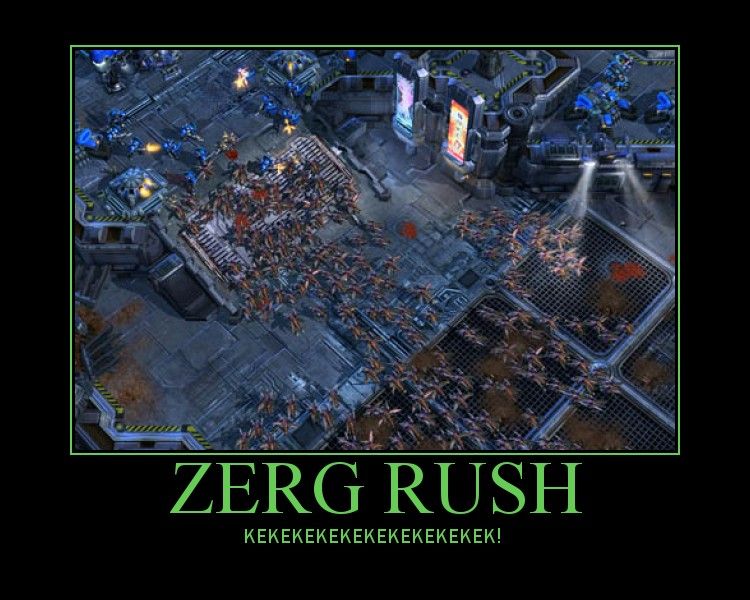
Quick, get your trigger finger ready. Head over to Google.com and type “zerg rush” (without the quotes) into the search field. Clicking on the search icon or hitting return on your keyboard will cause the Google logo to drop tons of little letter Os to attack the entire page, destroying all the search results shown.
You can click on the rogue letters, but — like the Zerglings they’re inspired by — they’ll just keep coming. You have no hope of escape — only clicking away to postpone the inevitable.
[aditude-amp id="flyingcarpet" targeting='{"env":"staging","page_type":"article","post_id":422378,"post_type":"story","post_chan":"none","tags":null,"ai":false,"category":"none","all_categories":"business,games,","session":"A"}']The Zerg rush is a term Starcraft players use to refer to a strategy when controlling the Zerg, one of three playable factions in the real-time strategy (RTS) game created by Blizzard, Calif.-based publishers of World of Warcraft and upcoming Diablo III. The Zerg rush involves creating tons and tons of little Zergling units and sending them to attack enemies at an early stage of the game before the enemies have had a chance to set up enough defenses.
AI Weekly
The must-read newsletter for AI and Big Data industry written by Khari Johnson, Kyle Wiggers, and Seth Colaner.
Included with VentureBeat Insider and VentureBeat VIP memberships.
Starcraft and Starcraft II have sold well enough to get their own expansion packs (Starcraft II’s is not yet available), and are the face of modern professional gaming — most notably in South Korea, where players compete for large prizes for millions of fans.
Google is, obviously, a search and advertising giant with a sense of humor. They are based in California.
[Image credit: Source]
VentureBeat's mission is to be a digital town square for technical decision-makers to gain knowledge about transformative enterprise technology and transact. Learn More
